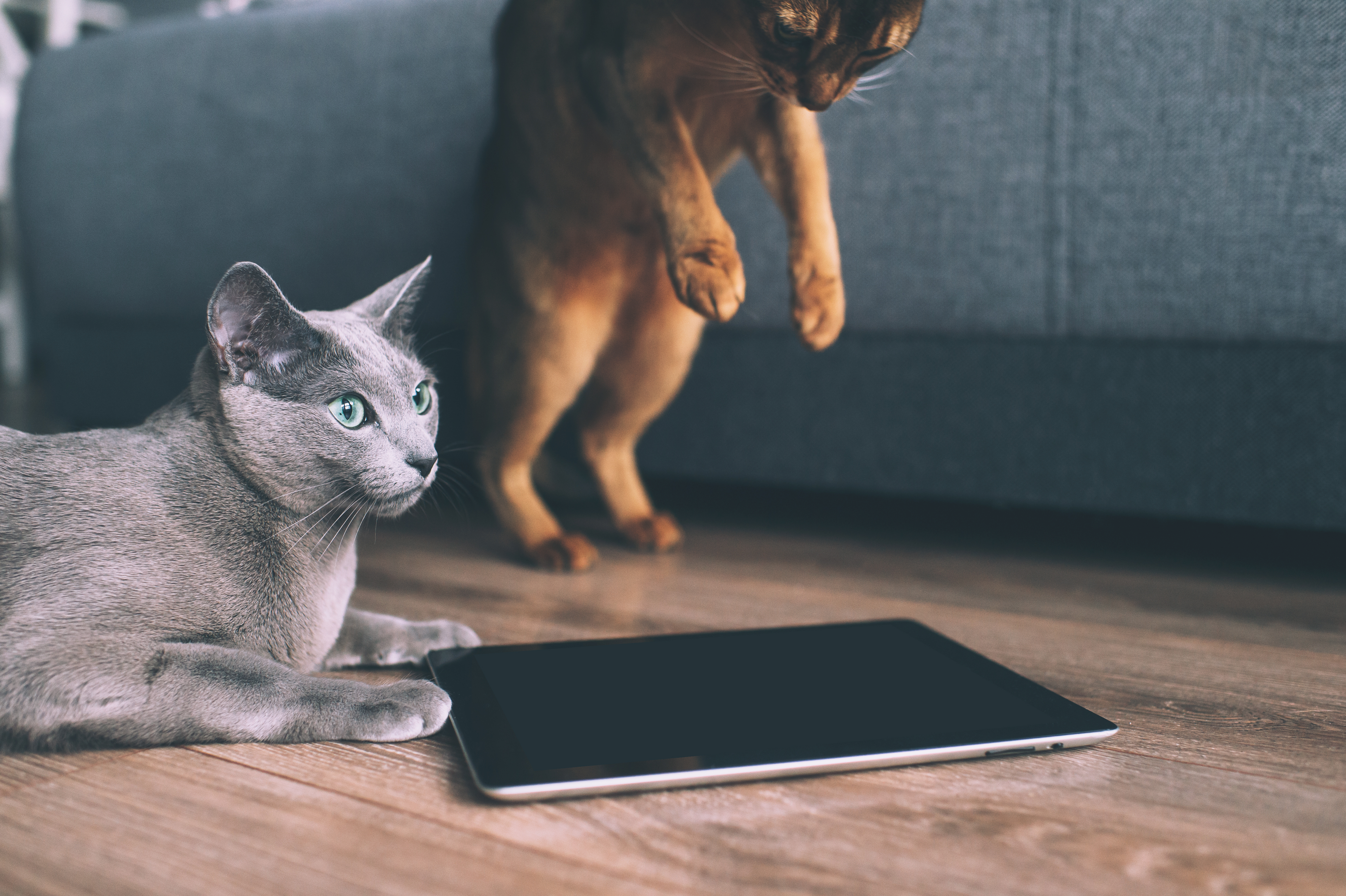Modern pets move with the times

Fast-moving industry trends in technology, fashion and pet welfare reflect today’s changing consumer lifestyles.
Fitness, safety and data
Consumer habits impact enormously on the pet industry. Modern demand parallels pet owners’ needs, as shown by rapidly moving industry trends for technology, fashion and pet welfare. High tech is not just for humans! We love devices, gadgets and information, and we want the same for our pets.
Pet trackers such as collar attachments can now track an animal’s every move, using GPS or phone networks and Bluetooth to trace lost pets or simply follow a cat on its journey around the neighbourhood. A pet ‘pedometer’ records the amount of exercise, and a ‘smart crate’ bed fitted with scales can monitor the animal’s size to weight ratio. Such crates can also play soothing music and monitor temperature for climate control purposes.
Fashionable toileting?
Growth in urban living in apartments is causing a rise in indoor pets. Owners want accessories to blend in with their stylish homes, so plastic, cheap-looking litter trays for pets are out of favour. They are being replaced by decorative litter boxes – some of which conveniently rotate to tip waste into the base and refill with clean litter, and some even have motorised conveyor belts to dispose of the waste hygienically. Litter itself has become sustainable, proving eco-benefits and sometimes even supporting pet health: some cat litter changes colour if there is a medical problem.
High-tech toys
Most people have a smartphone nowadays, not only for connectivity but also for entertainment. Modern pets have tablets and touchpads with flashing lights and interesting noises to keep them digitally amused. High-tech balls can be remotely smartphone-operated by the owner to encourage exercise and provide treats.
Welfare and benefits
It remains to be seen whether such trendy high-tech accessories will actually improve pet well-being in the longer term. There is a rising level of obesity in humans, and this trend is paralleled in pets. There are innovative tools that formulate food for age and weight, of course, and veterinary apps can help with information about health and welfare. But remote devices can enable humans to leave their pets alone more often. Especially in the case of dogs, this can be harmful. A piece of electronic gear is no substitute for a social connection, even if we humans hope it can be.
